The Middle East’s deserts offer more than endless dunes and scorching sun—they’re landscapes rich with culture, adventure, and centuries of nomadic heritage. From luxurious desert camps to heart-pumping adventures, these experiences showcase the best of the region’s varied desert landscapes.
Each destination presents its unique character, shaped by local traditions and natural wonders that have evolved over millennia.
Rub’ al Khali, Saudi Arabia
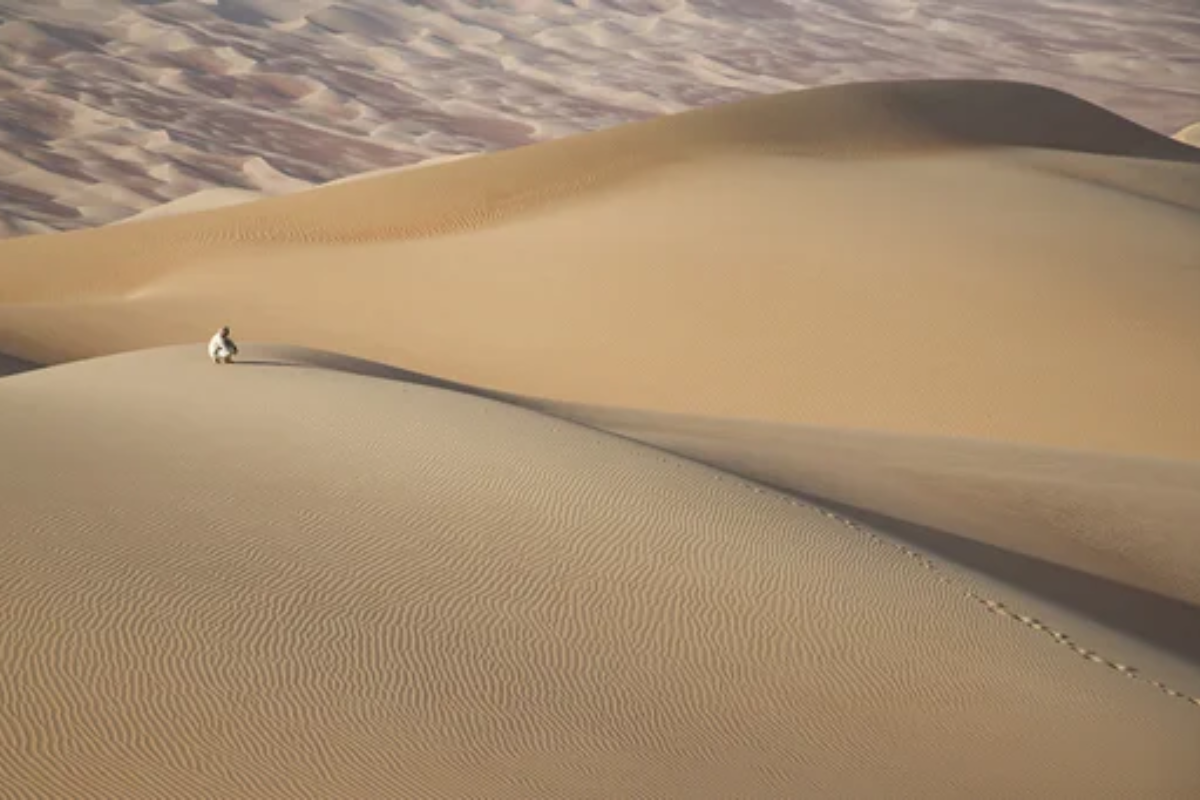
The Empty Quarter stretches across the southern third of the Arabian Peninsula, with most of its vast expanse within Saudi Arabia. This immense sand sea hosts luxurious desert resorts where traditional Bedouin hospitality meets modern comfort, allowing visitors to experience the magnificent star-filled skies and golden dunes in style.
Negev Desert, Israel
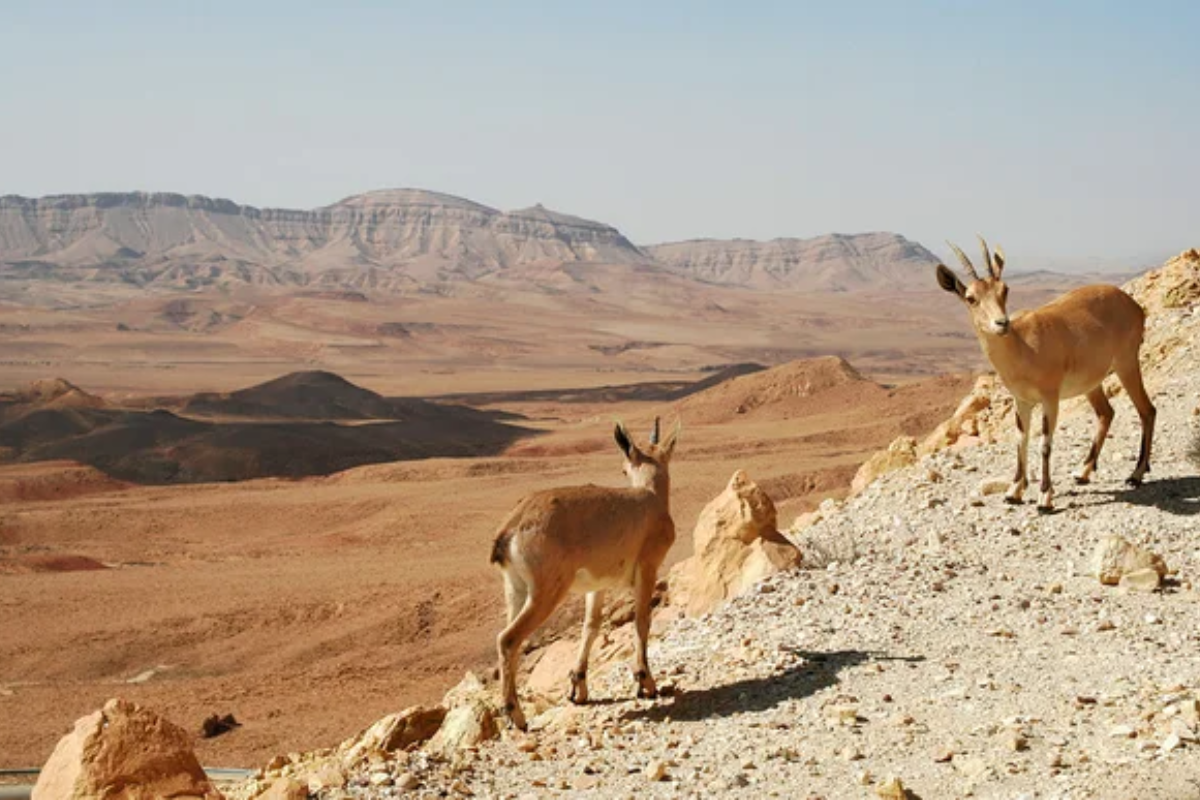
The Negev combines ancient history with modern desert agriculture and eco-tourism. Its distinctive crater-like makhtesh formations and ancient Nabataean cities offer visitors a glimpse into geological wonders and human adaptation to desert life.
Like Travel Pug’s content? Follow us on MSN.
Black Desert, Jordan
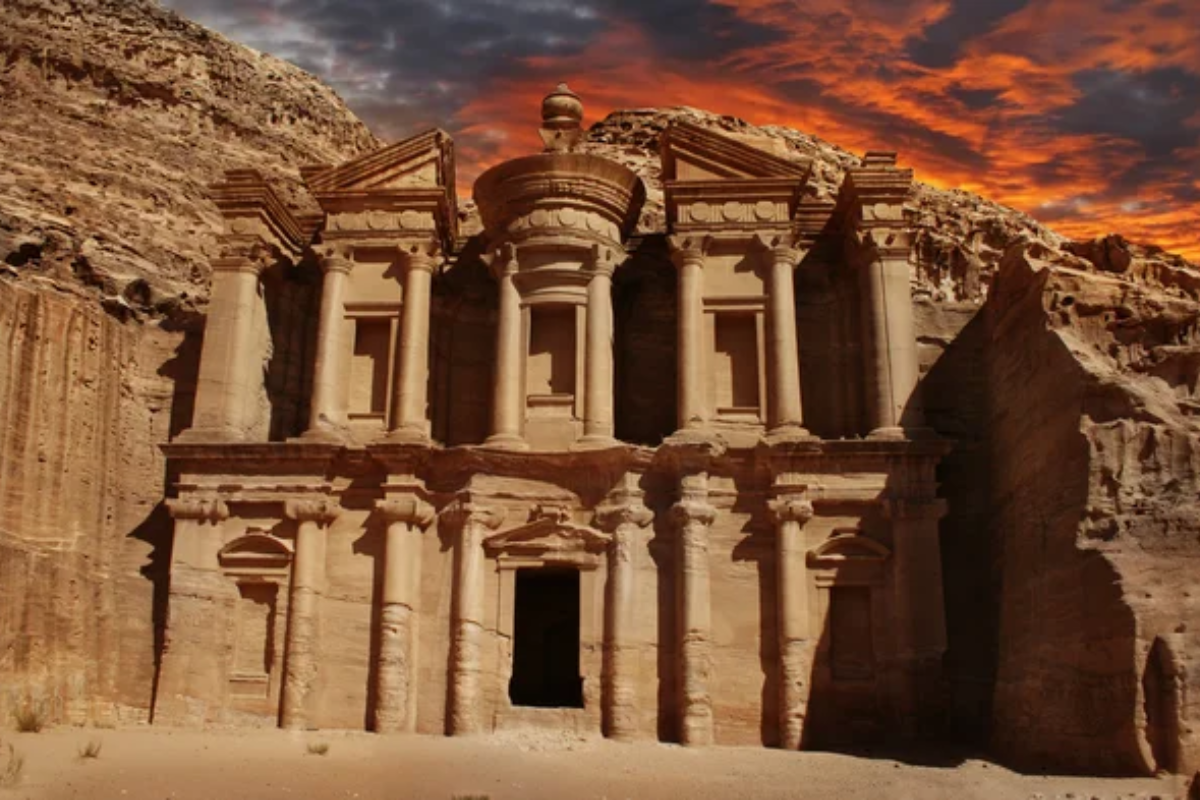
Volcanic basalt stones carpet this unique landscape, contrasting the region’s typical golden sands. The area features mysterious desert kites – ancient stone structures visible from above – and provides geological exploration and photography opportunities.
Al-Ula Desert Region, Saudi Arabia
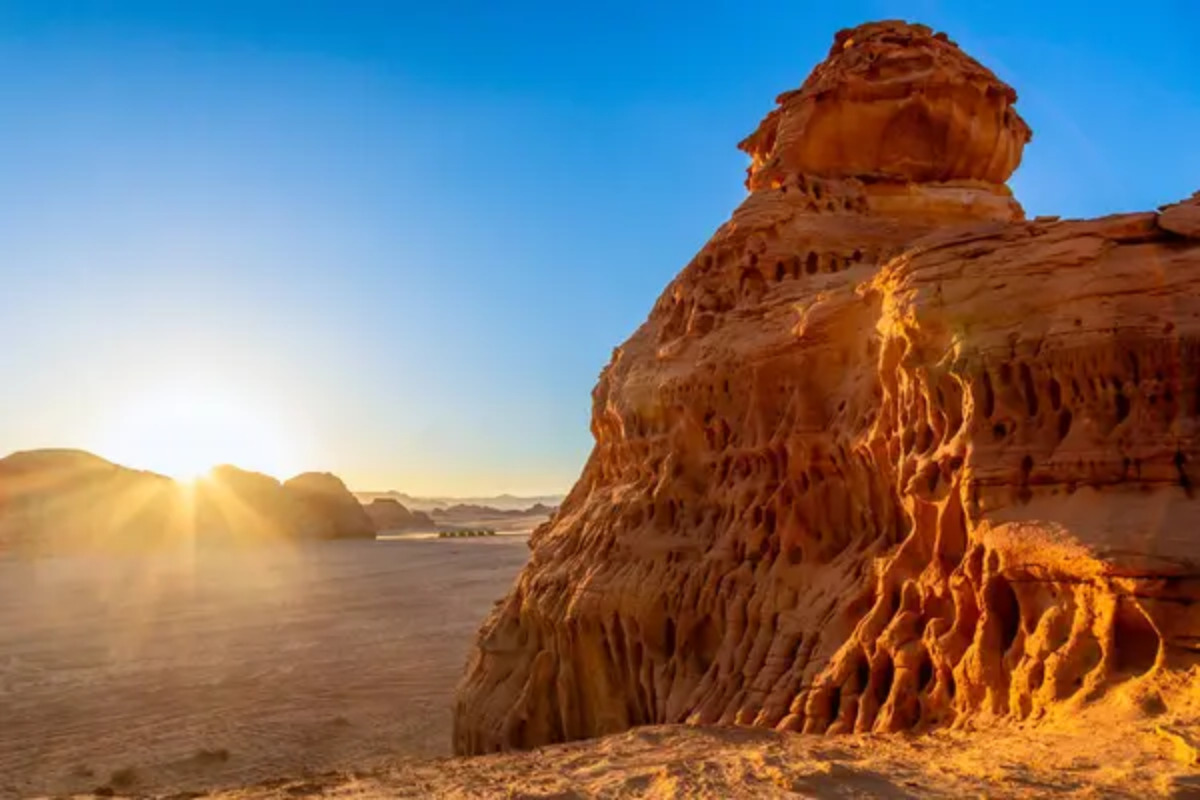
The historic northwestern region presents a stunning combination of red sandstone formations and ancient Nabataean architecture within a dramatic desert valley. This unique landscape hosts the remarkable Hegra archaeological site, featuring over 100 monumental tombs carved into the desert cliffs alongside contemporary desert art installations.
Traditional desert agriculture practices survive in ancient oasis settlements, where date palms have been cultivated for millennia.
Dasht-e Lut, Iran
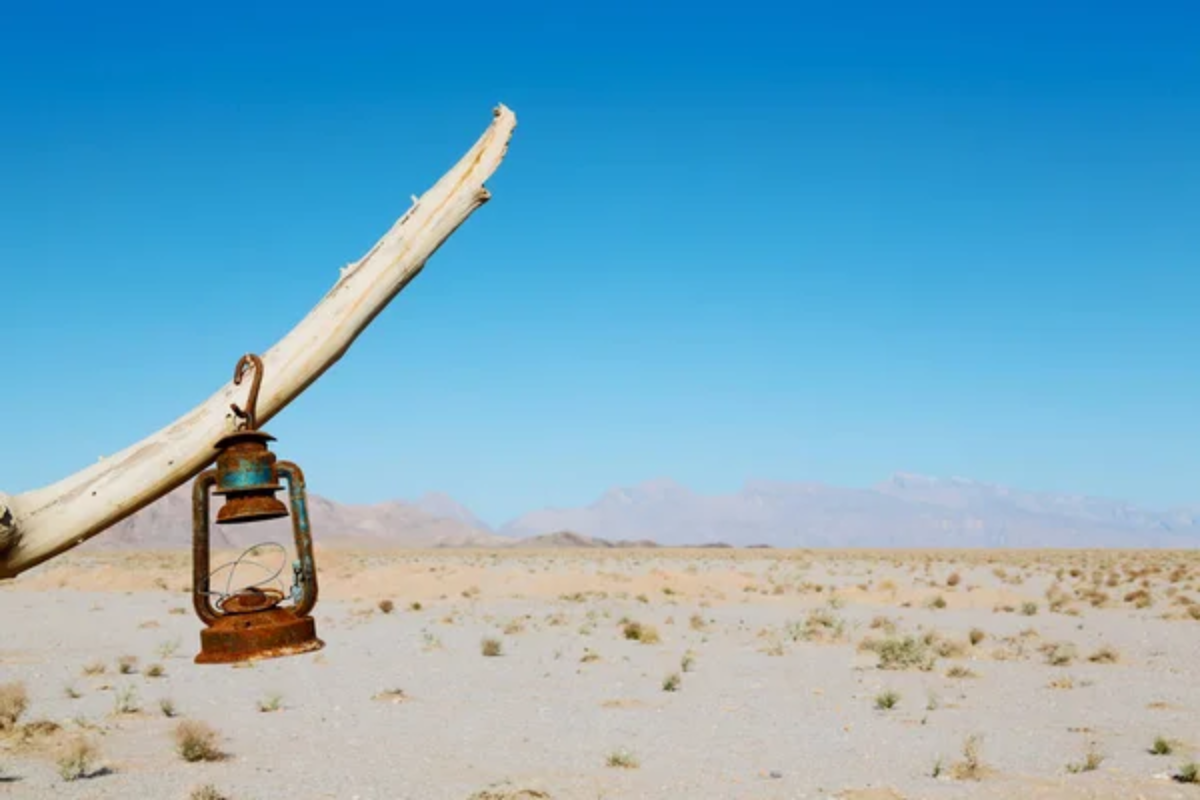
This UNESCO World Heritage site features the hottest ground temperatures ever recorded on Earth. Its extraordinary wind-carved formations, known as kaluts, create a mesmerizing landscape of natural architecture.
This harsh desert environment, spanning over 20,000 square miles, experiences such extreme temperatures that satellite measurements have recorded surface temperatures reaching up to 176.5°F.
Like Travel Pug’s content? Follow us on MSN.
Al-Ahmadi Desert, Kuwait
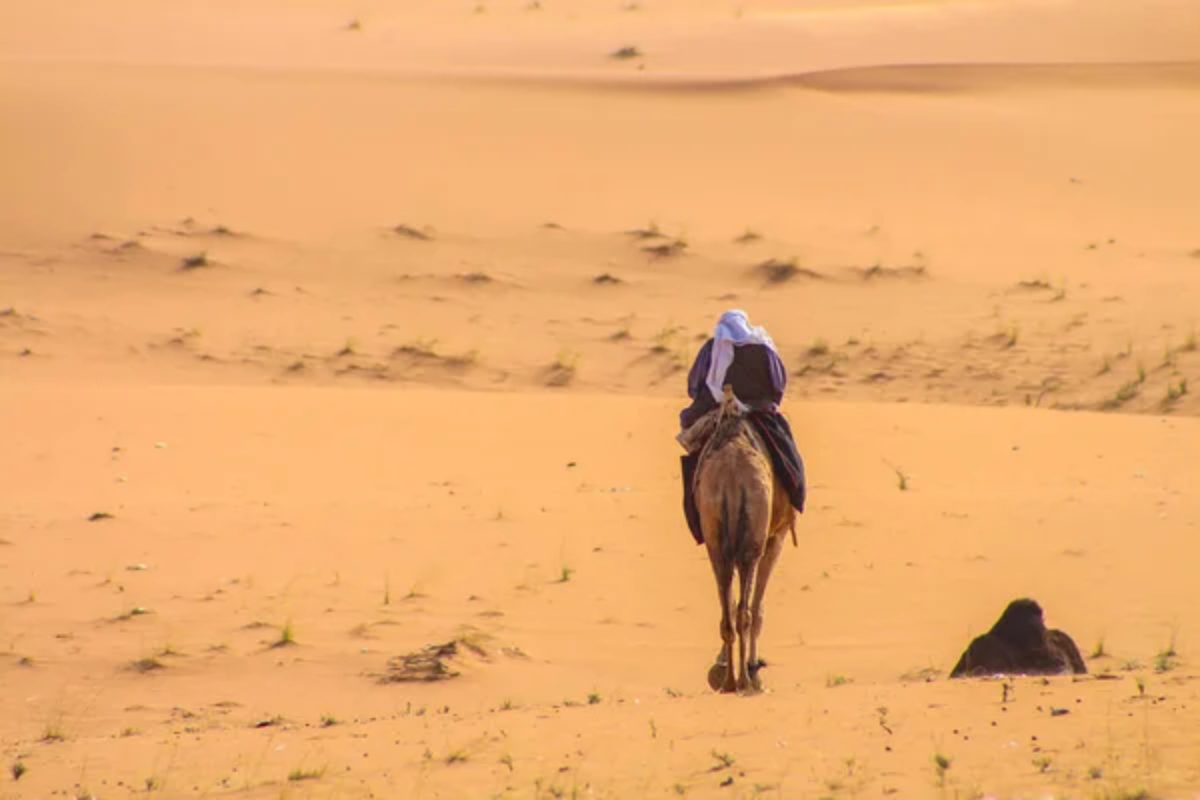
This accessible desert region offers visitors a glimpse of Kuwait’s desert heritage through guided excursions and seasonal camping experiences. Local guides provide traditional desert navigation demonstrations and share knowledge of desert plant use, while modern recreational activities allow visitors to experience the dune landscape safely.
Sinai Desert, Egypt
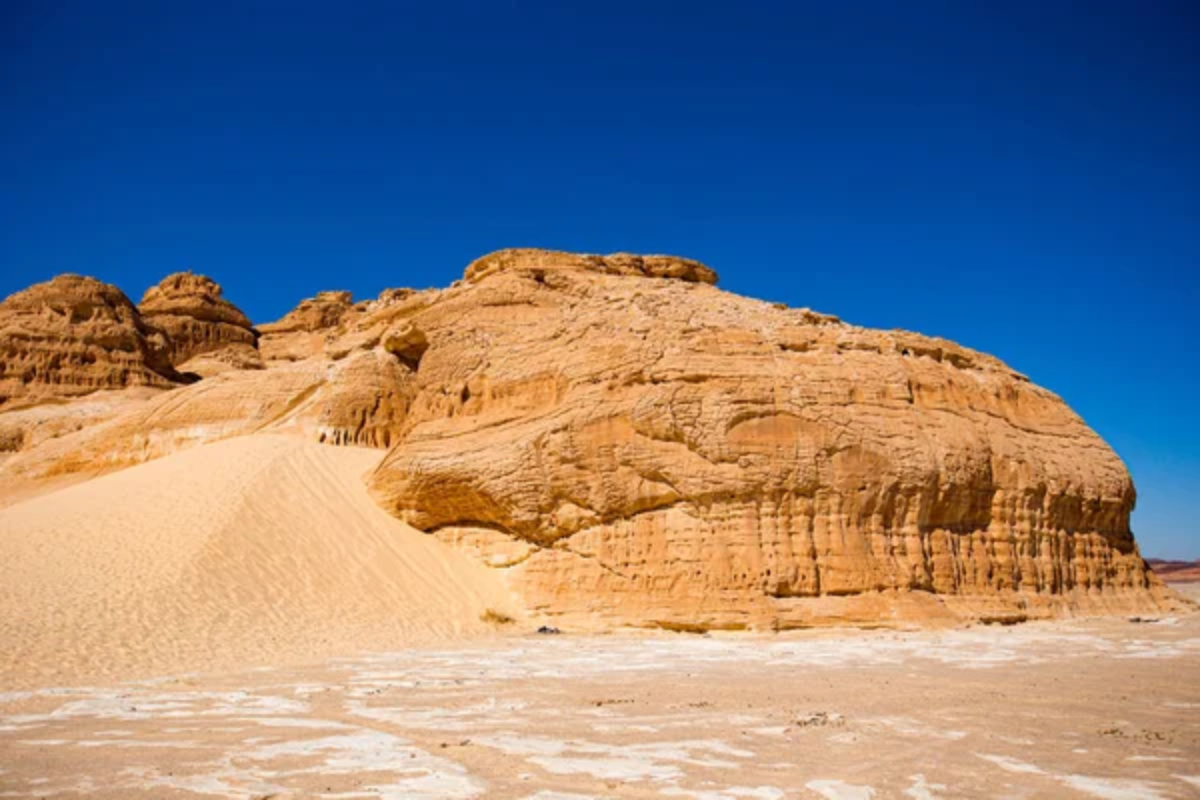
Ancient monasteries, biblical history, and rugged mountain landscapes combine in this historically significant desert. Bedouin guides lead visitors through hidden valleys to sacred sites that have attracted pilgrims for millennia.
The most famous landmark, Saint Catherine’s Monastery, sits at the foot of Mount Sinai and houses the world’s oldest continuously operating library.
An-Nafud Desert, Saudi Arabia
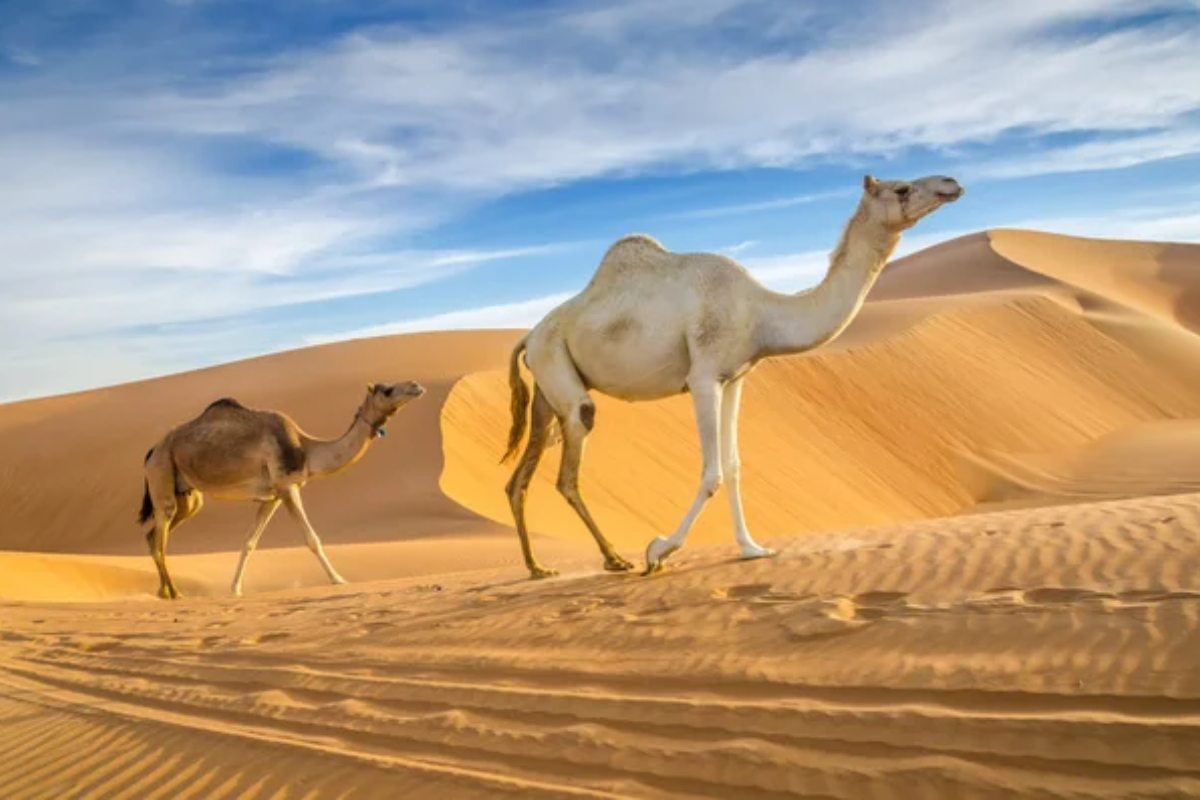
This ancient desert’s distinctive red sands form star-shaped dunes that present unique challenges for desert navigation. Traditional camel treks follow ancient trade routes through this historic landscape.
During spring, the desert briefly transforms as seasonal rains create temporary lakes and trigger desert wildflowers to bloom across the seemingly barren landscape.
Like Travel Pug’s content? Follow us on MSN.
Wahiba Sands, Oman
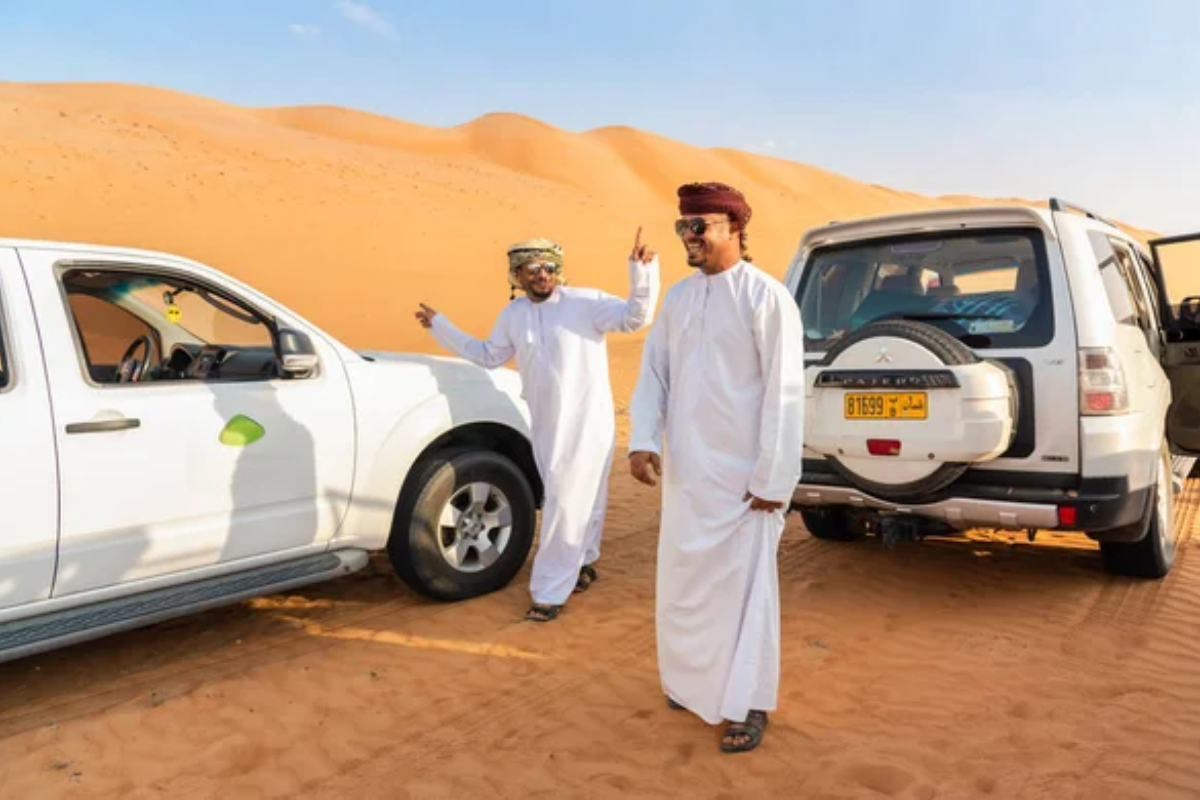
These copper-colored dunes provide a perfect setting for authentic desert camping experiences with local Bedouin families. The desert’s consistently strong winds create ideal conditions for sandboarding and dune-bashing adventures, while its unique ecosystem supports rare desert flora and traditional goat-herding communities.
Ad Dahna Desert Belt, Saudi Arabia
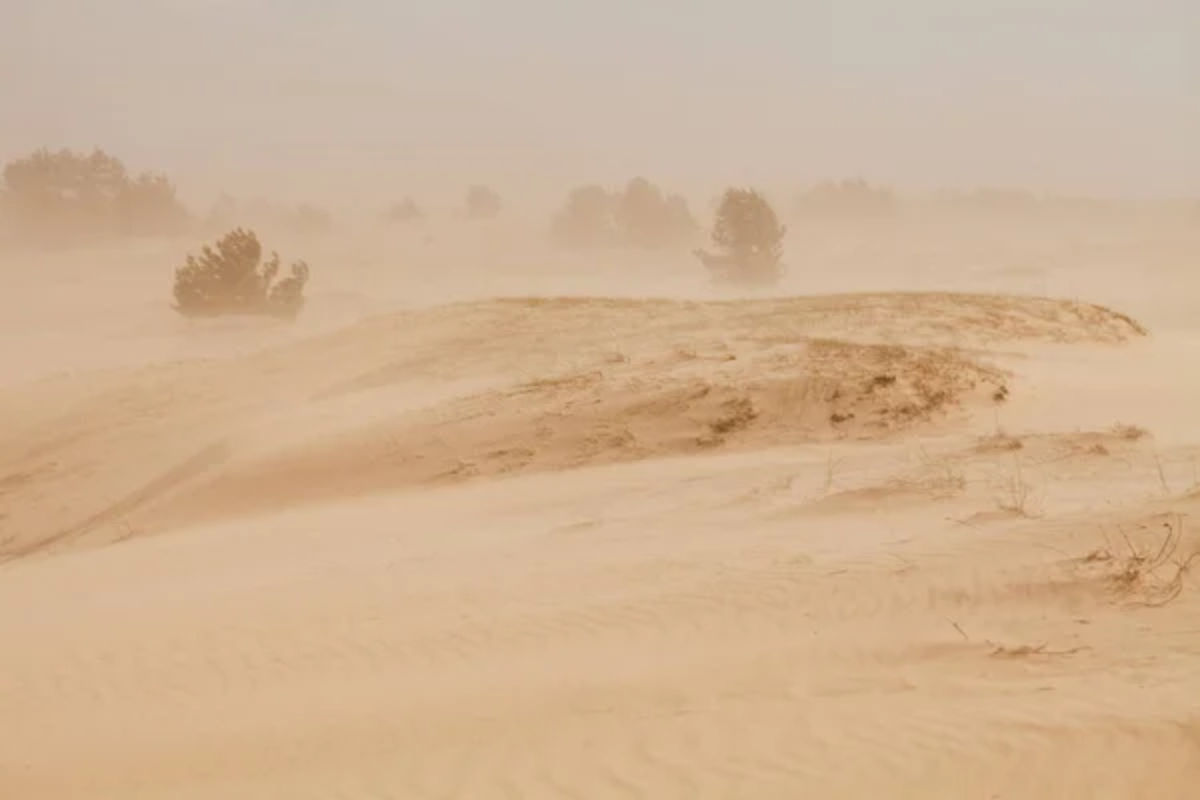
This unique crescent-shaped desert corridor creates a natural bridge between the great deserts of northern and southern Arabia with its distinctive red dunes and limestone outcrops. Traditional Bedouin communities maintain seasonal migration patterns through this narrow desert belt, following ancient pathways marked by historic wells and oases.
Desert roses, the crystalline rock formations in this region, attract geologists and collectors while providing insights into the area’s prehistoric marine environment.
Dead Sea Desert, Jordan
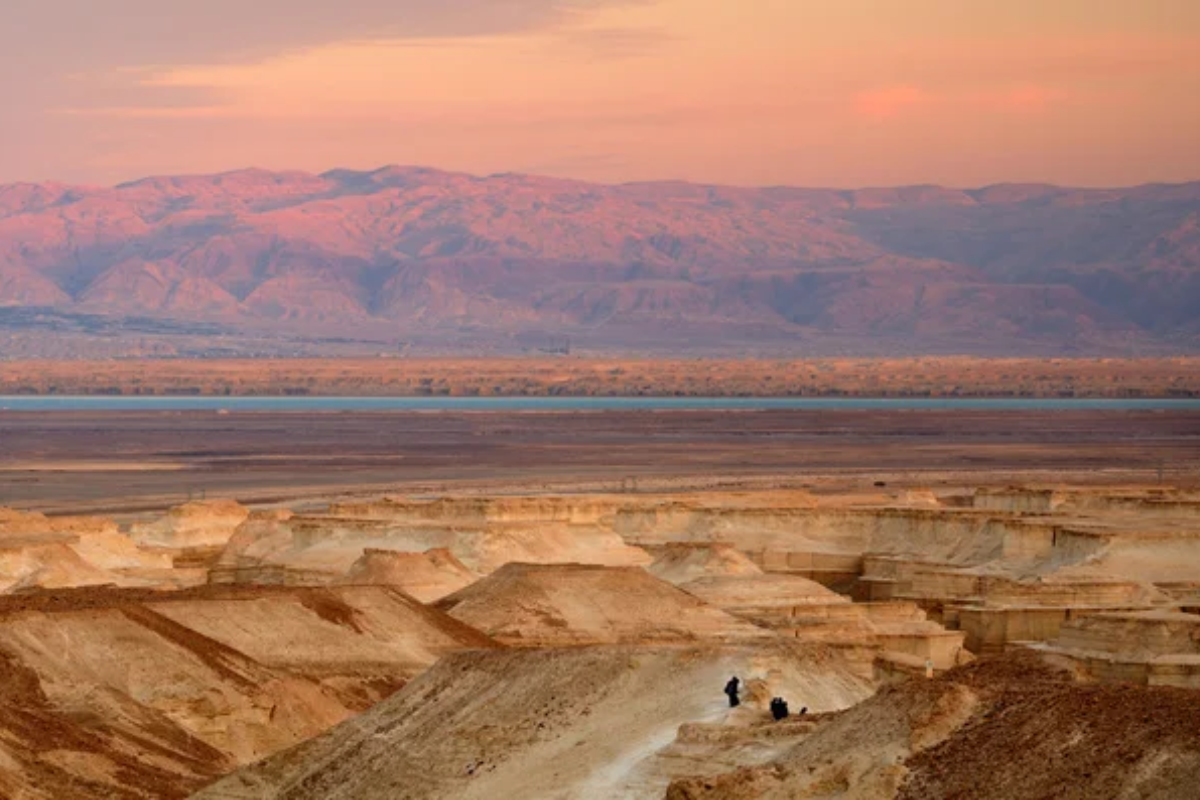
The lowest point on Earth features salt formations and mineral-rich mud flats alongside desert canyons. Adventure seekers can combine floating in the Dead Sea with exploring surrounding desert wadis.
The area’s unique mineral composition has created striking salt pillars and crystal formations that glow with an ethereal white hue against the golden desert backdrop.
Like Travel Pug’s content? Follow us on MSN.
Western Desert, Egypt
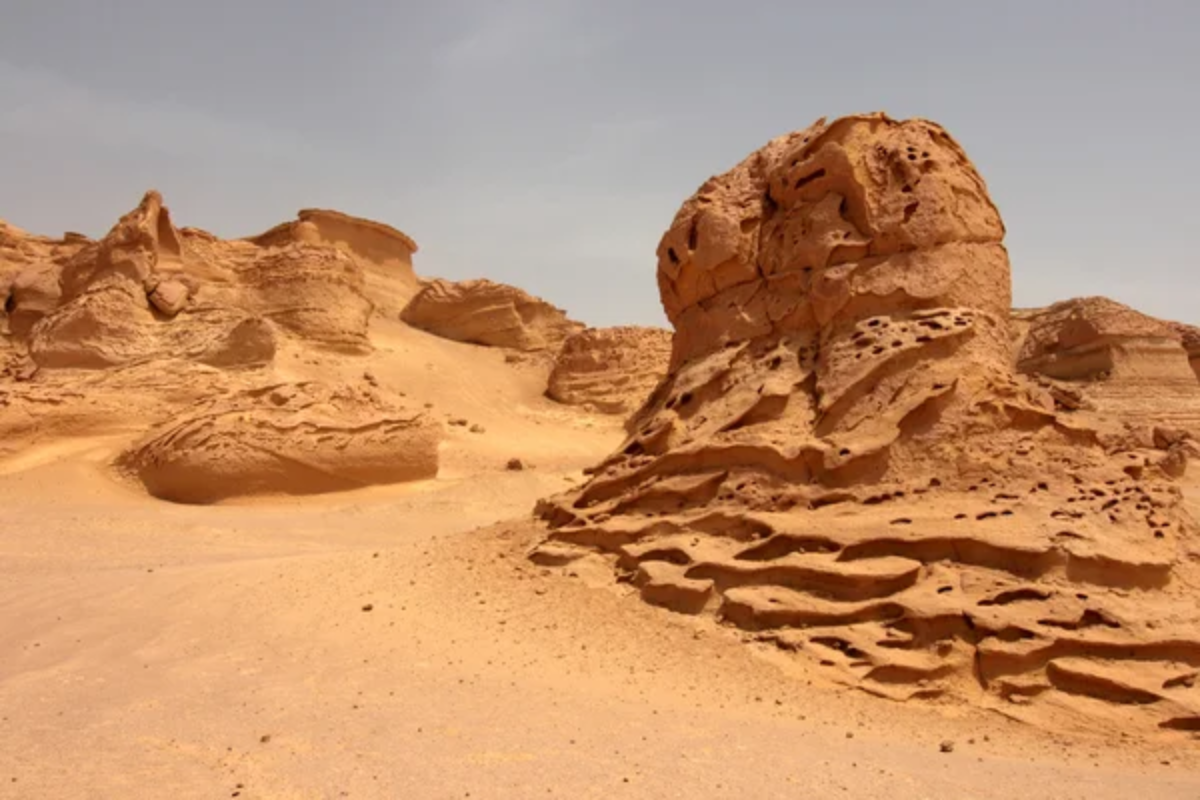
The Great Sand Sea region houses the remarkable Siwa Oasis, where ancient Egyptian and Berber cultures meet. This remote desert landscape features freshwater springs and remnants of ancient caravan routes.
The oasis is home to the ruins of the Oracle Temple of Amun, where Alexander the Great reportedly journeyed to consult the oracle in 331 BCE.
Judean Desert, Israel
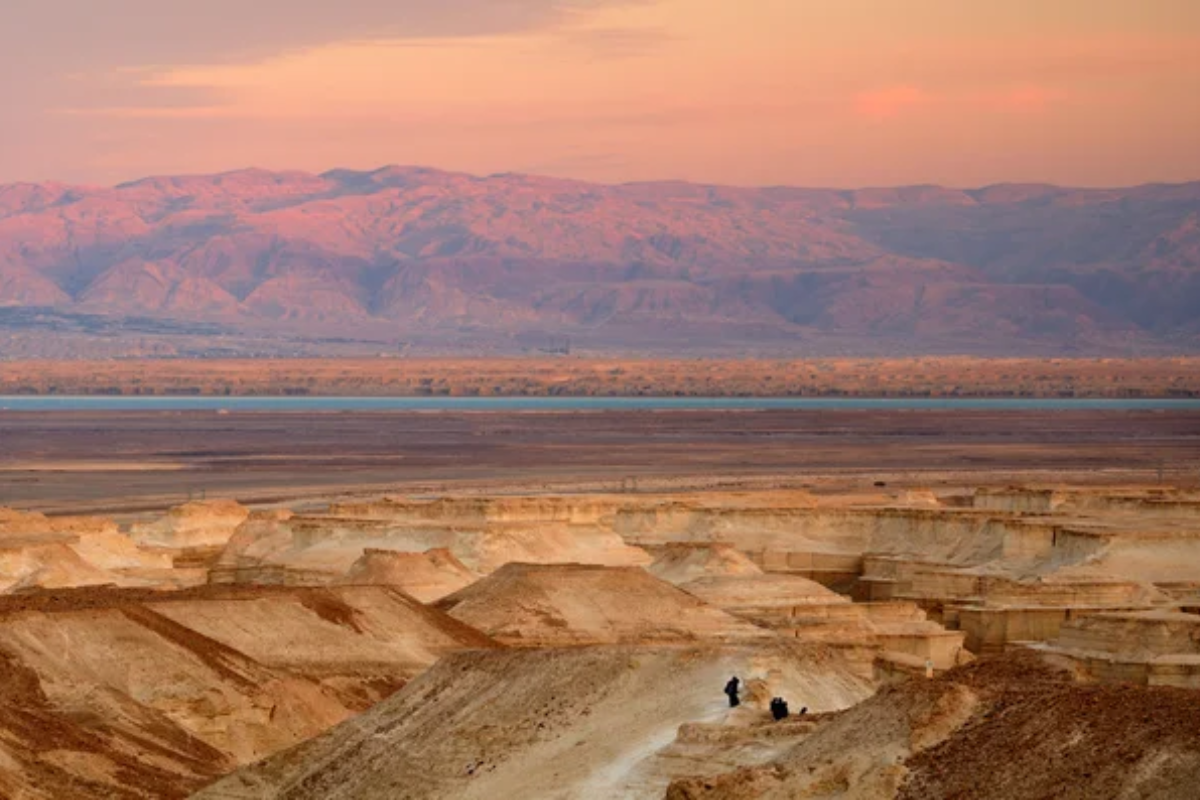
This historically rich landscape features ancient caves, monasteries, and dramatic cliffs overlooking the Dead Sea. Desert hiking trails connect various archaeological sites and provide stunning sunrise viewpoints.
The desert’s limestone cliffs contain hundreds of natural caves, many of which held the famous Dead Sea Scrolls and served as refuges for Jewish rebels during ancient revolts against Roman rule.
Rum Desert, Jordan
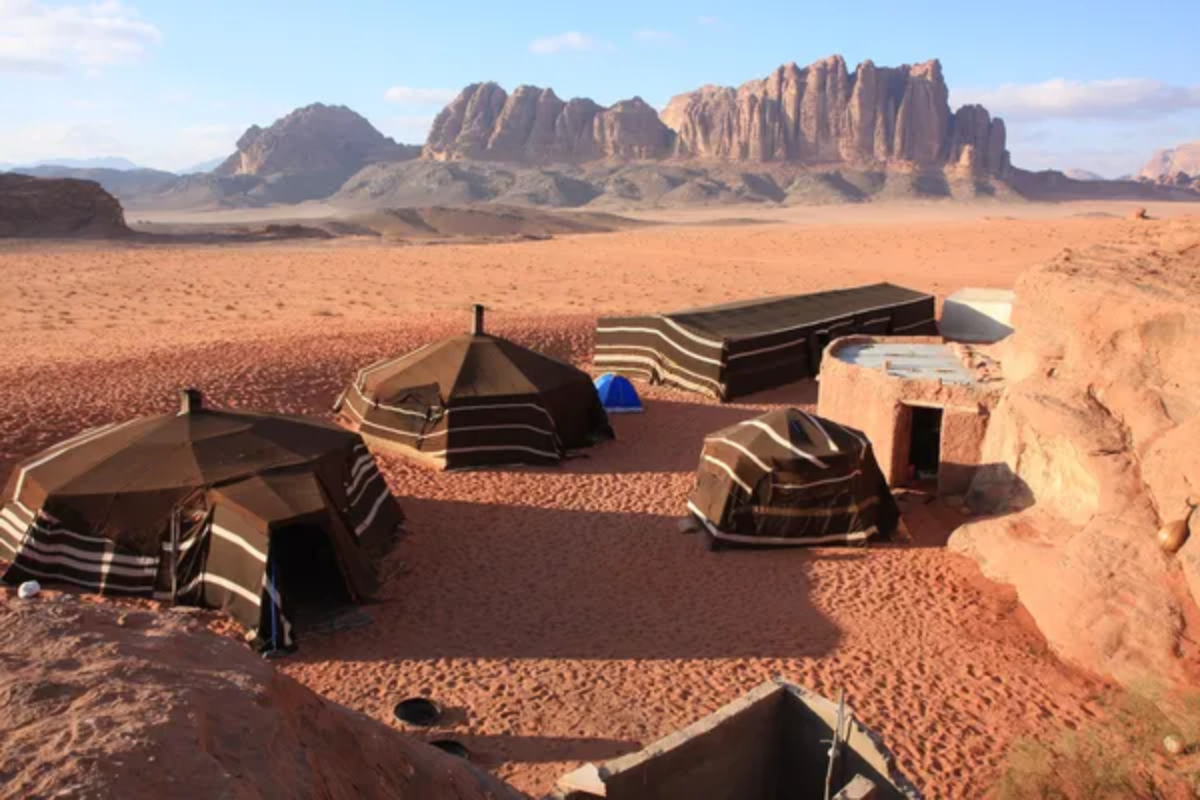
Towering sandstone cliffs and ancient petroglyphs make this desert a geological and archaeological wonder. Traditional Bedouin camps offer authentic experiences, including desert cooking and star navigation lessons.
The desert’s distinctive red-and-white striped mountains were the backdrop for numerous films, including Lawrence of Arabia.
Like Travel Pug’s content? Follow us on MSN.
Eastern Desert, Egypt
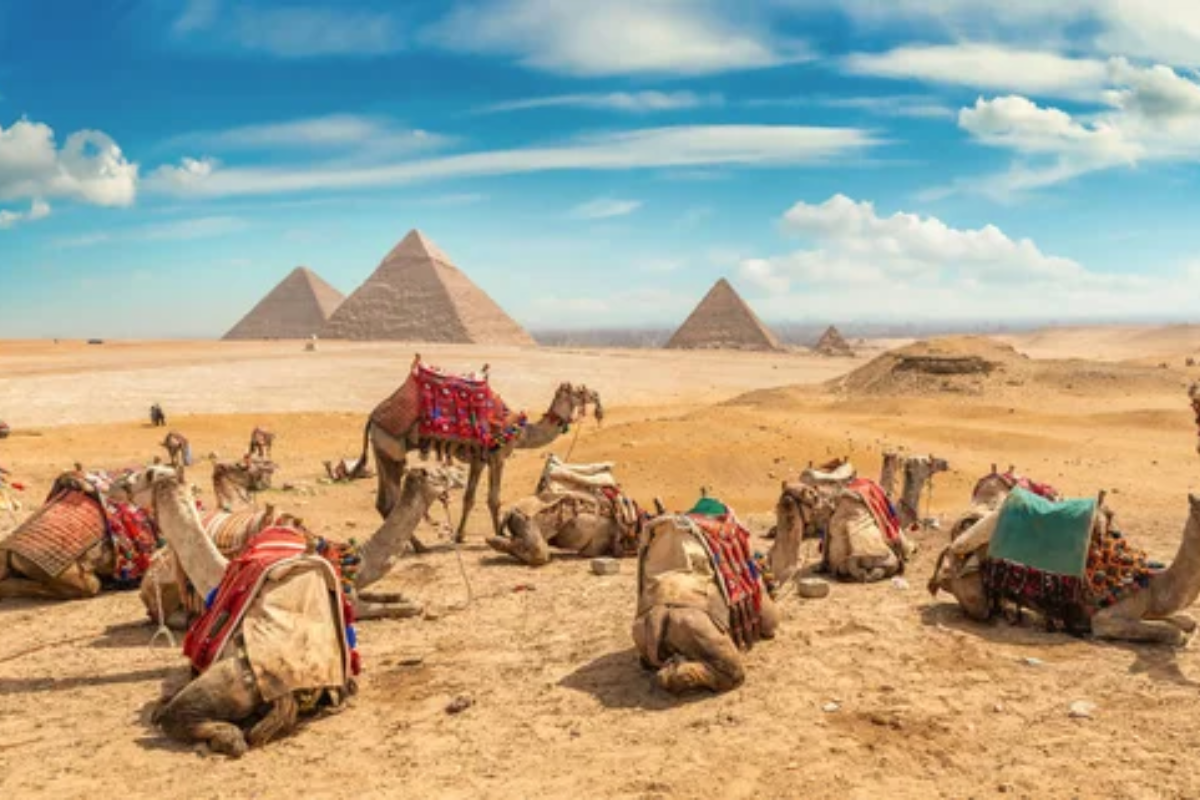
Ancient gold mines and Roman-era trading posts dot this historically significant region. Modern adventurers can follow ancient routes while learning about the desert’s role in early civilization.
The desert’s well-preserved Roman quarries still display ancient graffiti and inscriptions from workers who extracted precious stones and minerals over two millennia ago.
Little Petra Desert, Jordan
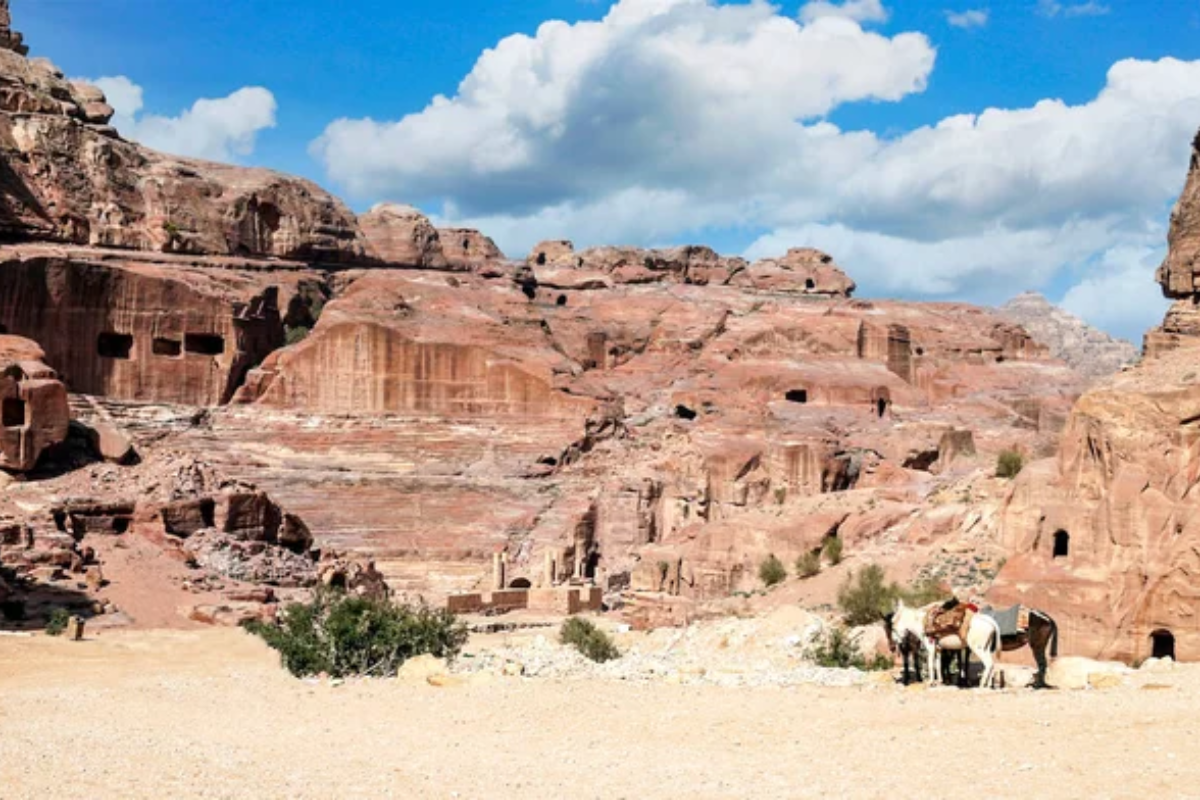
This lesser-known region offers intimate experiences with Bedouin communities and ancient rock-cut architecture. Traditional herb collecting and desert cooking workshops provide insights into desert survival techniques.
The area’s hidden valleys contain remarkably preserved Nabataean water collection systems demonstrating the ingenious engineering that allowed ancient civilizations to thrive in this arid environment.
Khor Al Adaid, Qatar
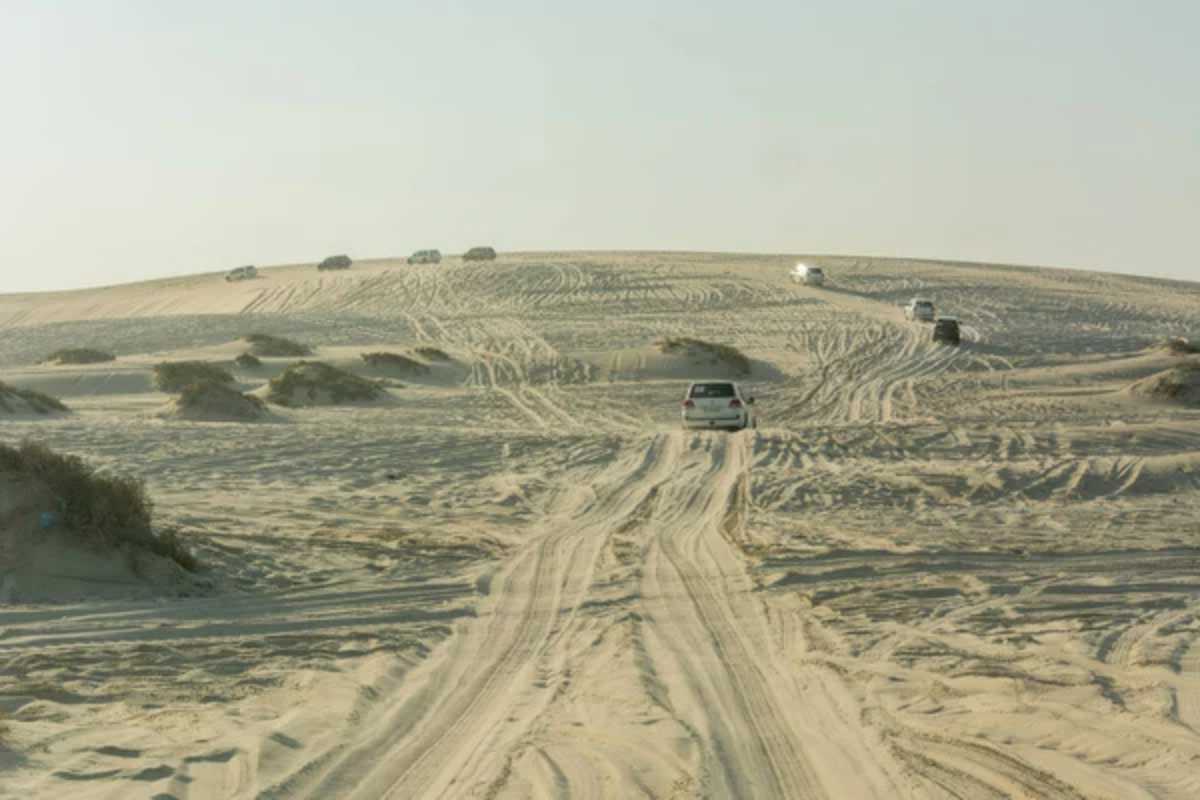
This desert region, where dunes meet the sea, offers day trips from Doha, combining desert exploration with coastal views. Traditional desert camps provide overnight experiences under the stars, while modern 4×4 adventures allow visitors to explore the rolling dunes safely.
The area is an important example of Qatar’s conservation efforts to protect native desert wildlife.
Like Travel Pug’s content? Follow us on MSN.
Al Hajar Desert Foothills, Oman
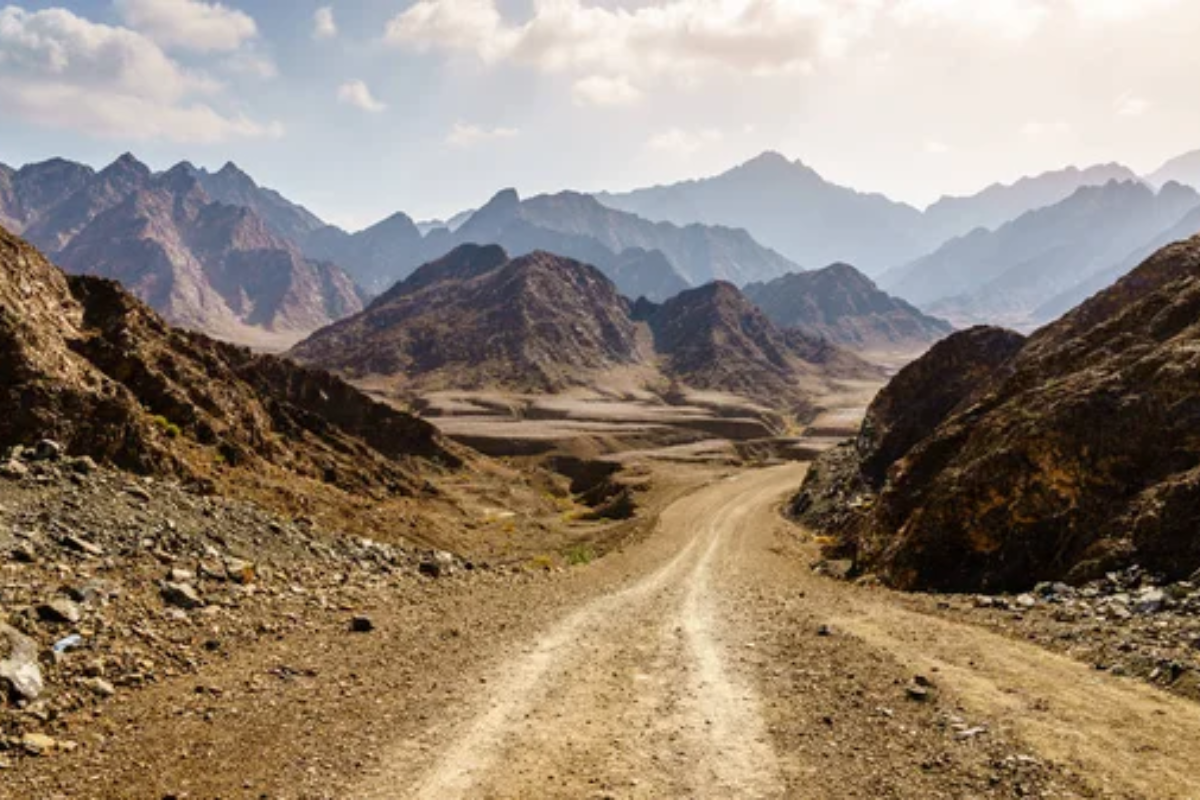
The dramatic transition zone where the Hajar Mountains meet the desert creates a unique ecosystem of rocky wadis and scattered dunes. Ancient copper mining sites and prehistoric rock art reveal thousands of years of human adaptation to this challenging landscape.
The region’s traditional falconry culture thrives in this diverse terrain, where birds of prey still soar between mountain cliffs and desert plains.
Al Gharbia-Lahbab Desert Region, UAE
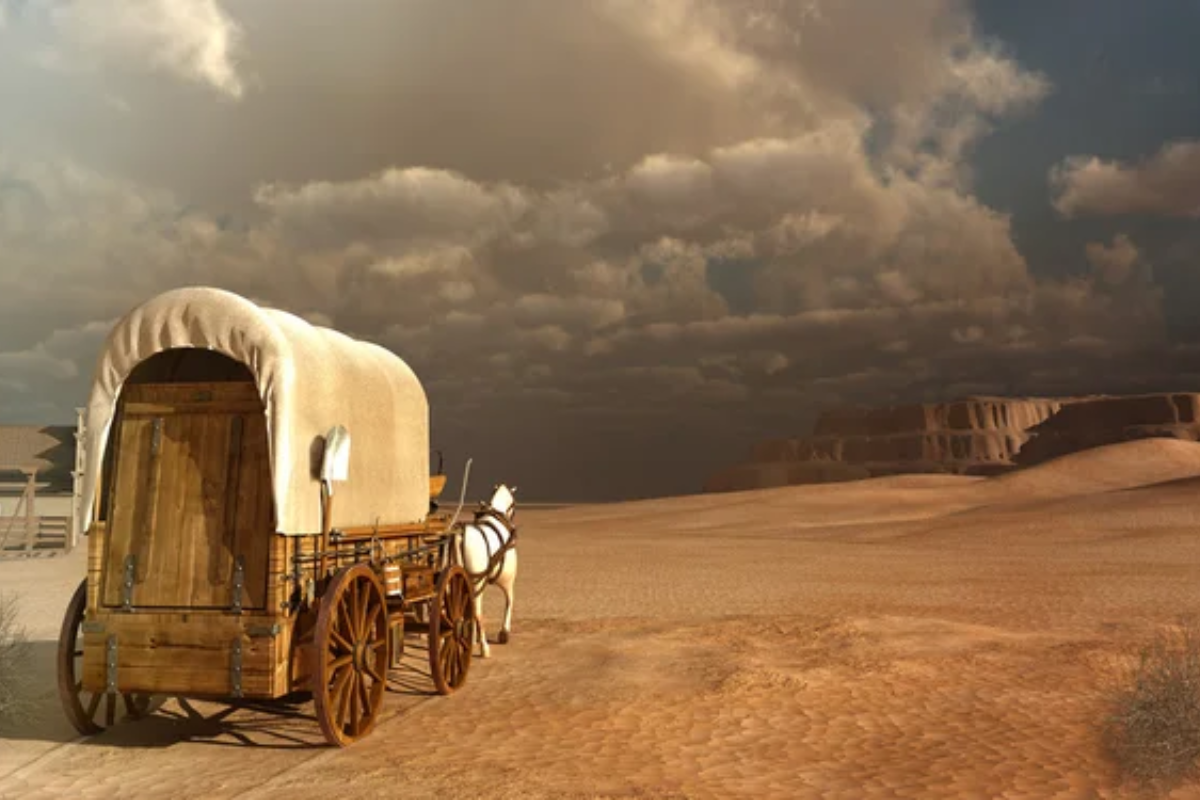
The diverse desert landscapes of the UAE combine black volcanic rocks and red dunes in a striking display of natural contrasts. Modern luxury resorts and traditional camel farms offer visitors the chance to experience contemporary comforts and authentic Bedouin lifestyle demonstrations.
Expert guides lead stargazing tours and desert sports adventures, while traditional camel racing events showcase the enduring connection between local culture and desert life.
Dasht-e Kavir, Middle East
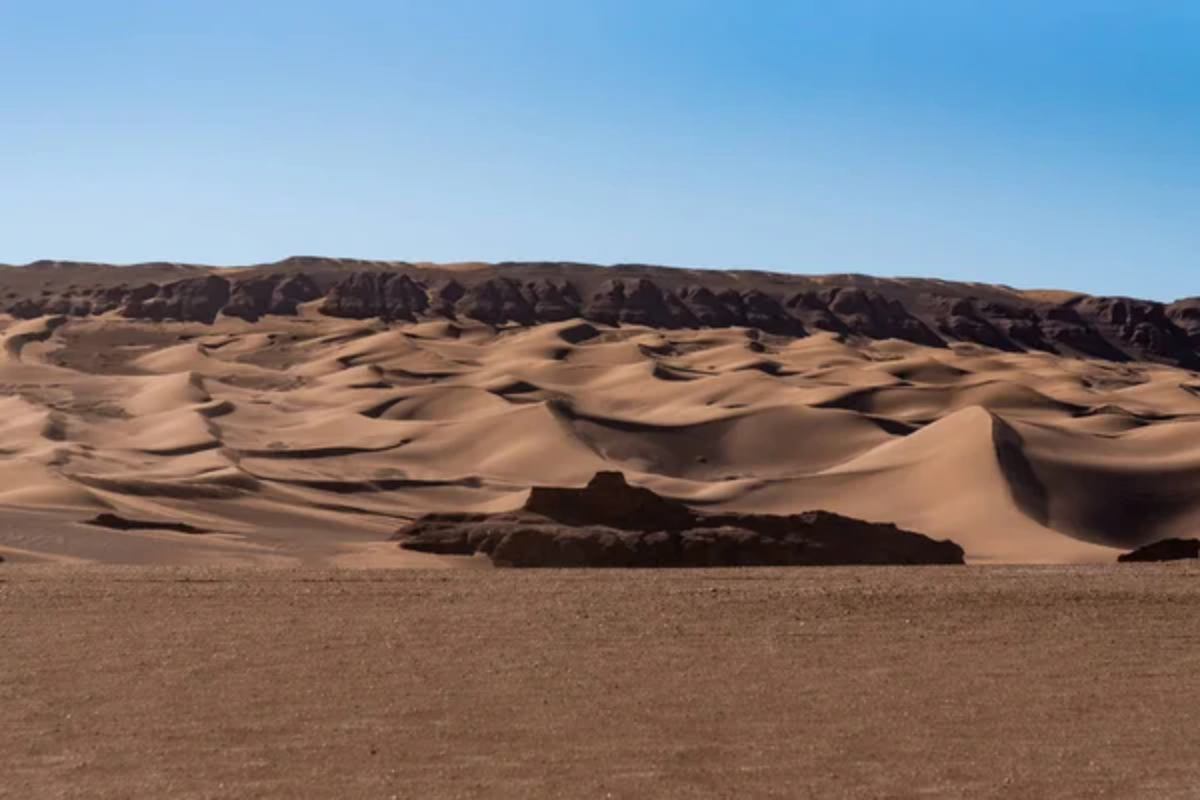
Iran’s Great Salt Desert features vast salt flats and unique geometric formations created by extreme temperature variations. Ancient caravanserais dot the desert’s edge, marking historical Silk Road routes that connected distant civilizations for millennia.
Local guides share knowledge of traditional desert navigation techniques while leading expeditions through this stark yet beautiful landscape.
Like Travel Pug’s content? Follow us on MSN.
Bahariya Desert, Egypt
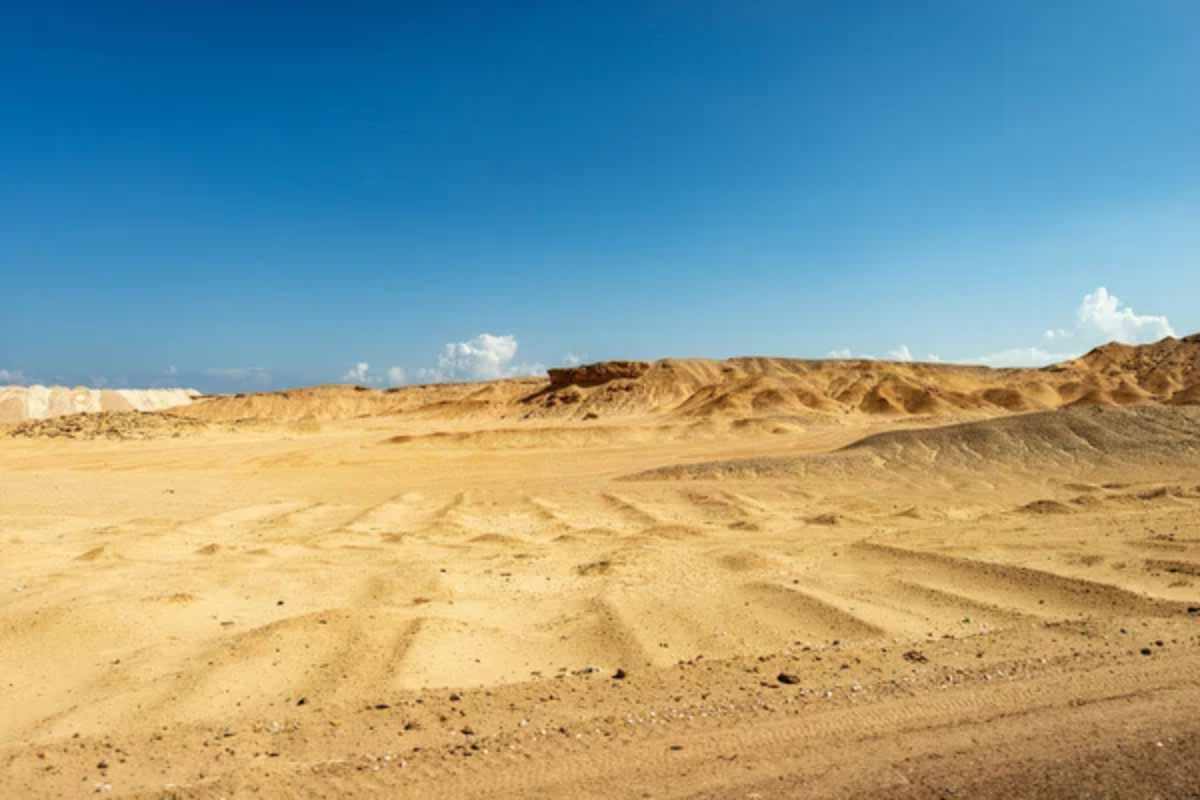
This Western Desert oasis region features distinctive black hills and golden dunes surrounding ancient mineral-rich valleys. Local communities maintain traditional desert mining practices and medicinal plant knowledge passed down through generations of oasis dwellers.
The area’s unique geological formations include the Crystal Mountain and the Black Desert, while archaeological sites reveal layers of ancient Egyptian, Greek, and Roman settlement history.
Al Qudra Desert, UAE
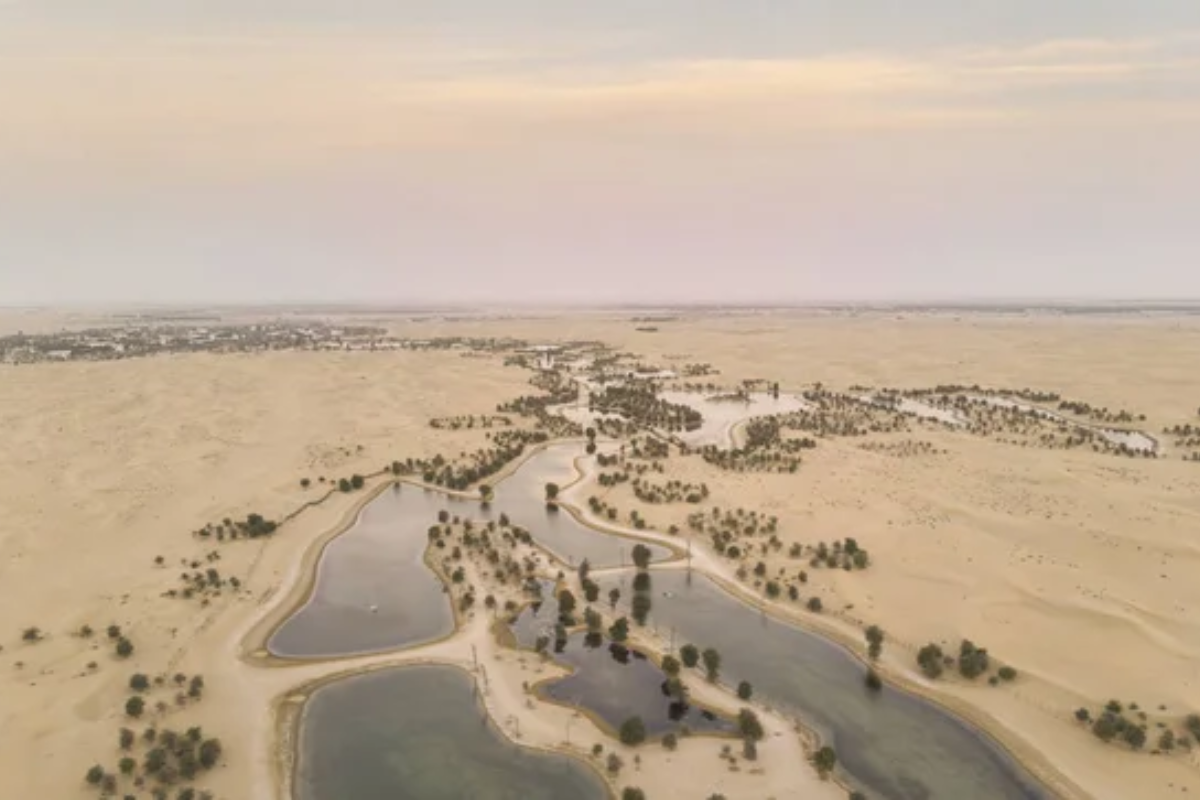
Modern conservation efforts protect desert wildlife in this carefully managed ecosystem. Artificial lakes attract migrating birds while maintaining traditional desert landscapes.
Cycling trails wind through the dunes, offering eco-friendly adventures and opportunities to spot native desert foxes and gazelles.
Bayuda Desert, Sudan
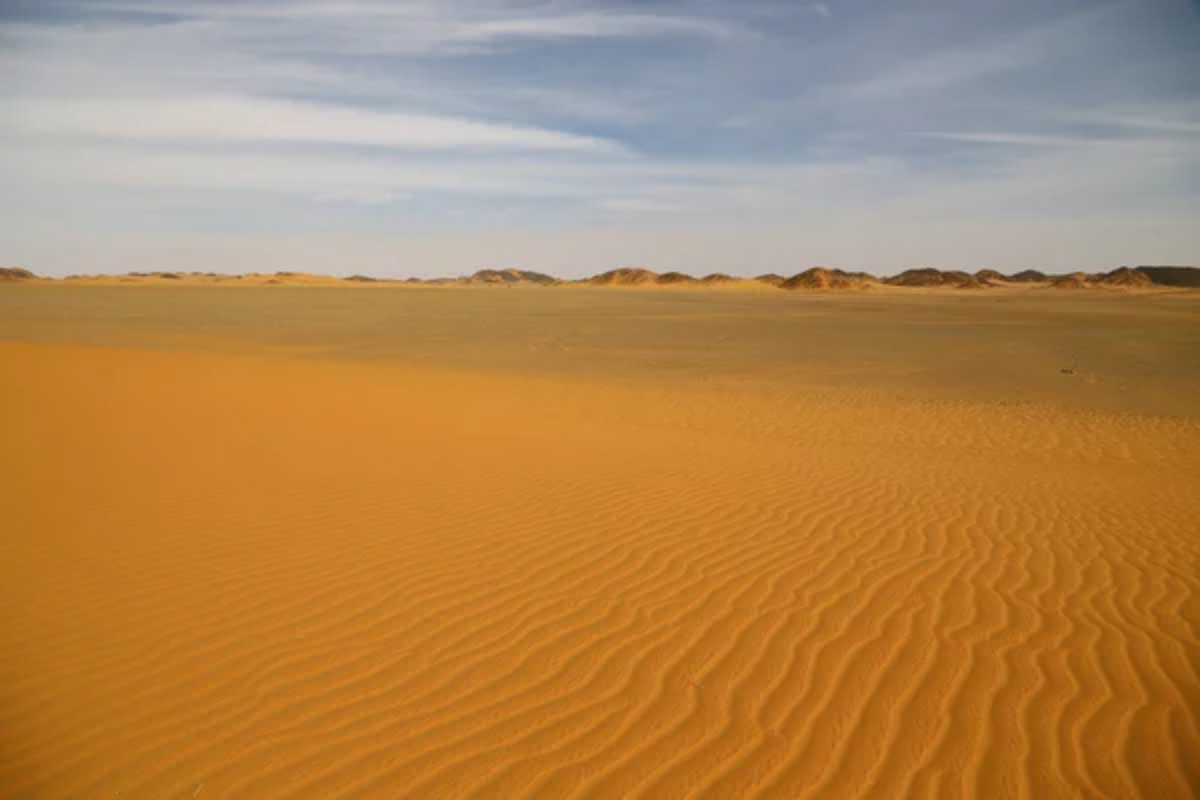
This distinctive volcanic desert landscape features black basalt mountains rising dramatically from golden sand, creating one of the Middle East’s most striking geological contrasts. Ancient Kushite pyramids and temple ruins dot the desert’s edge, offering glimpses into the region’s rich archaeological heritage.
Traditional nomadic communities maintain centuries-old camel breeding traditions while navigating between rare desert water sources and seasonal grasslands.
Like Travel Pug’s content? Follow us on MSN.
White Desert of Farafra, Egypt
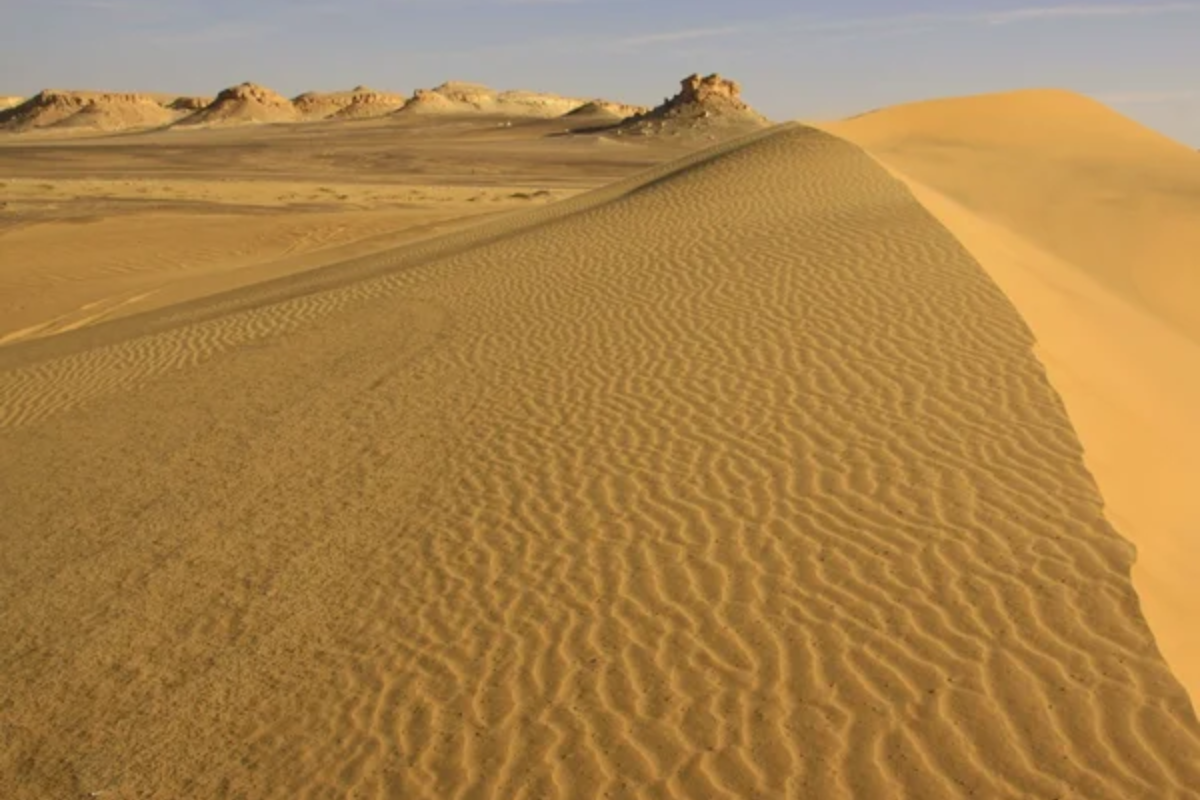
The otherworldly landscape of chalk rock formations, sculpted by wind erosion over millions of years, creates a natural art gallery in the Western Desert. Ancient rock art galleries and traditional oasis communities reveal glimpses of prehistoric and contemporary desert life.
The distinctive white mushroom-shaped formations glow ethereally under the desert moon, while local communities maintain traditional farming techniques in hidden oases.
Al-Urq Desert, Saudi Arabia
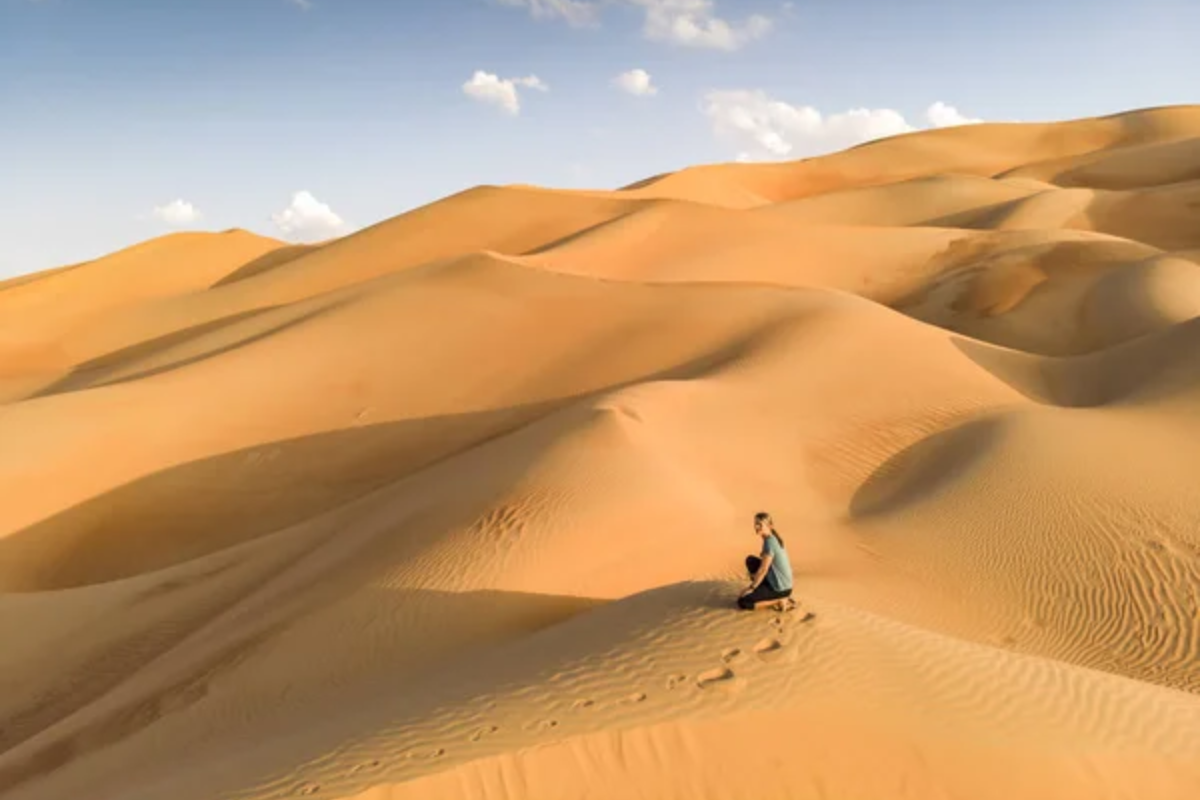
This remote region of interconnected dunes forms a crucial ecological corridor within the larger Arabian desert system. Traditional good stations mark ancient trade routes where camel caravans once transported precious frankincense and myrrh across these challenging terrains.
Local conservation initiatives protect rare desert species while maintaining ancestral grazing patterns that have sustained desert communities for generations.
Desert Treasures: Beyond Sand and Sun
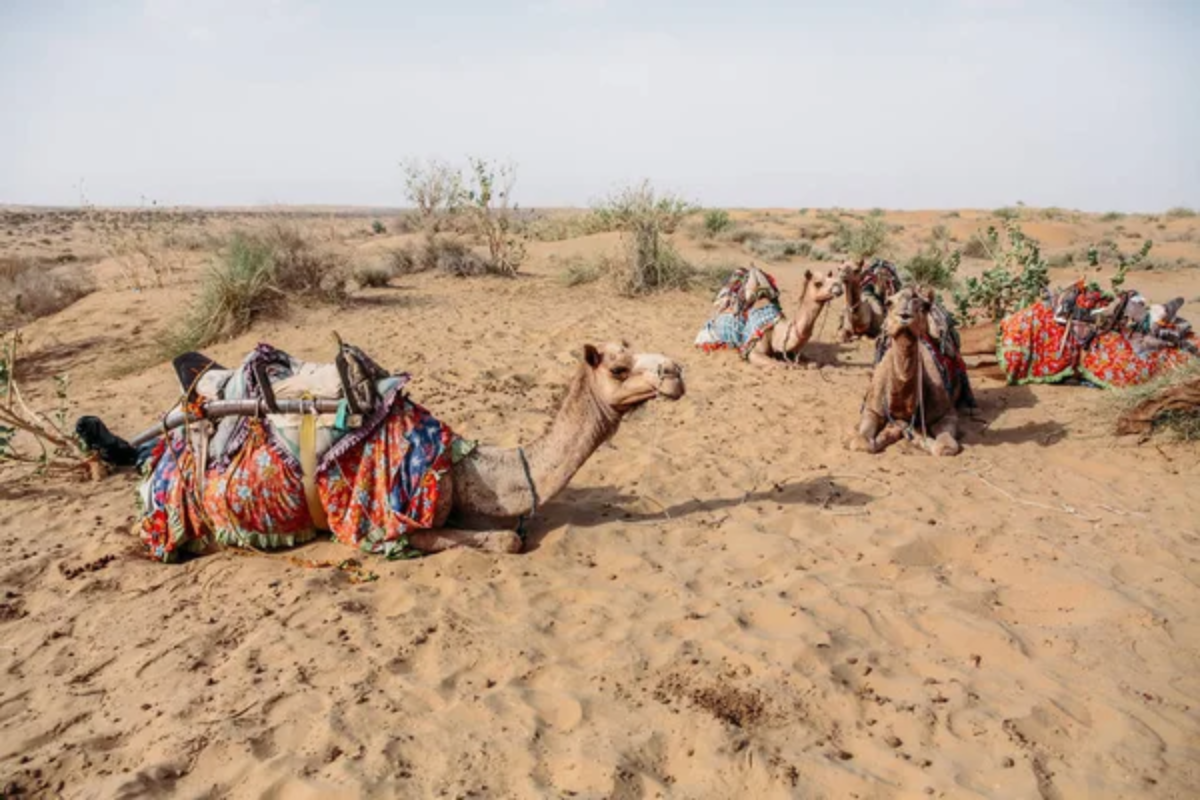
The Middle East’s deserts offer far more than just sand and sun—they’re living museums of human adaptation, natural wonders, and cultural heritage. Whether you seek adventure, cultural experiences, or peaceful contemplation, these desert destinations provide unique opportunities to connect with ancient traditions and modern desert life.
Every experience offers its own perspective on how humans and nature have shaped each other in these remarkable landscapes.
Like Travel Pug’s content? Follow us on MSN.
More from Travel Pug

- 20 Towns Built for One Purpose That Were Later Abandoned
- 15 Hidden Spots in Disney World’s Magic Kingdom Most Visitors Miss
- 15 Most Scenic Walks Anywhere in The World
- 15 Canyons in the U.S. That Are Just as Stunning as the Grand Canyon
- 10 Under-the-Radar Mountain Towns That Are Both Affordable and Beautiful
Like Travel Pug’s content? Follow us on MSN.
